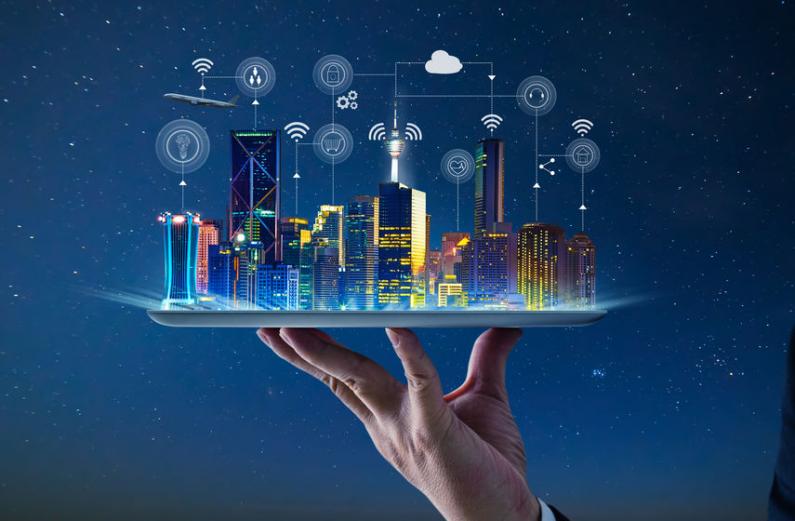
This could be something for your 2020 agenda as we all try to reduce our impact on the environment. Adopting some of the principles of a smart building will benefit us ecologically but it'll also reap financial rewards in terms of savings for your business. The ecological results are ethically rewarding but for businesses it is often the financial side that is the key motivator. However you choose to approach the 'smart' revolution, we feel you'll win on every level.
So what is a smart building? According to an article in iotforall.com (June 2019), the term is ambiguous but it can be based on the definition that a smart building operates using "the creation, collection, transmission, use, and analysis of data, driven by physical devices". In layman's terms it means that we can use data collected across a period of time to operate our buildings. We can use the information we have to run our utilities (heating, lighting, ventilation, security and much more) in the most efficient way. It's a form of self-regulation.
A human-centred approach to design is at the core of buildings of the future. From the moment people step inside until the moment they leave, a building of the future will have the capability to determine the percentage of the workforce inside the building at any given time and automatically adjust the settings of its facilities according to their feedback and needs – from WiFi connections, lighting, electricity, heat, ventilation and air conditioning, buildings of the future place people at the centre. (aurecon.com)
At a really basic level - whether your office is closed at night or if your factory floor operates 24/7, this information is valuable in terms of automating the level of light and heat you need available. That's simplistic but it explains the basic premise. Smart technology 'learns' what we need and when - and is able to switch off when not required. This came into effect on our UK motorways a few years ago. Stretches of motorway are now unlit between the early hours of the morning as the lights are just not needed. However the technology can also recognise when they might be required (during roadworks or an accident for example) and they can respond and be switched on in seconds.
What can you do to move towards this ideal? Well a super simple start is the use of sensors. This age-old technology means lights only come on when there is activity on the space being monitored. It's a little clunky by today's standards as you might be inactive, thinking or talking, and suddenly you're plunged into darkness! Better sensors exist and this is probably an easy way to make a start. A truly intelligent building begins at the design phase with its technology invisible, just working beautifully - reflecting the needs of the people working in it. This is not always an option however.
What can you expect to see as a result? By adopting any form of data-driven technology you would naturally expect to see positive results in your energy costs. By not lighting or heating an area that is not in use on a regular basis, day in, day out, you can save a lot of money. This obviously also has a hugely positive effect on your organisation's carbon footprint - great for the universe as well as our publicity stats. Less cynically, through its well planned operations, attuned to its inhabitants, a smart building can contribute towards employee well-being and retention.
There are many businesses who specialise in the introduction of smart technology. We can help work with you to manage the lighting aspect at every level.
